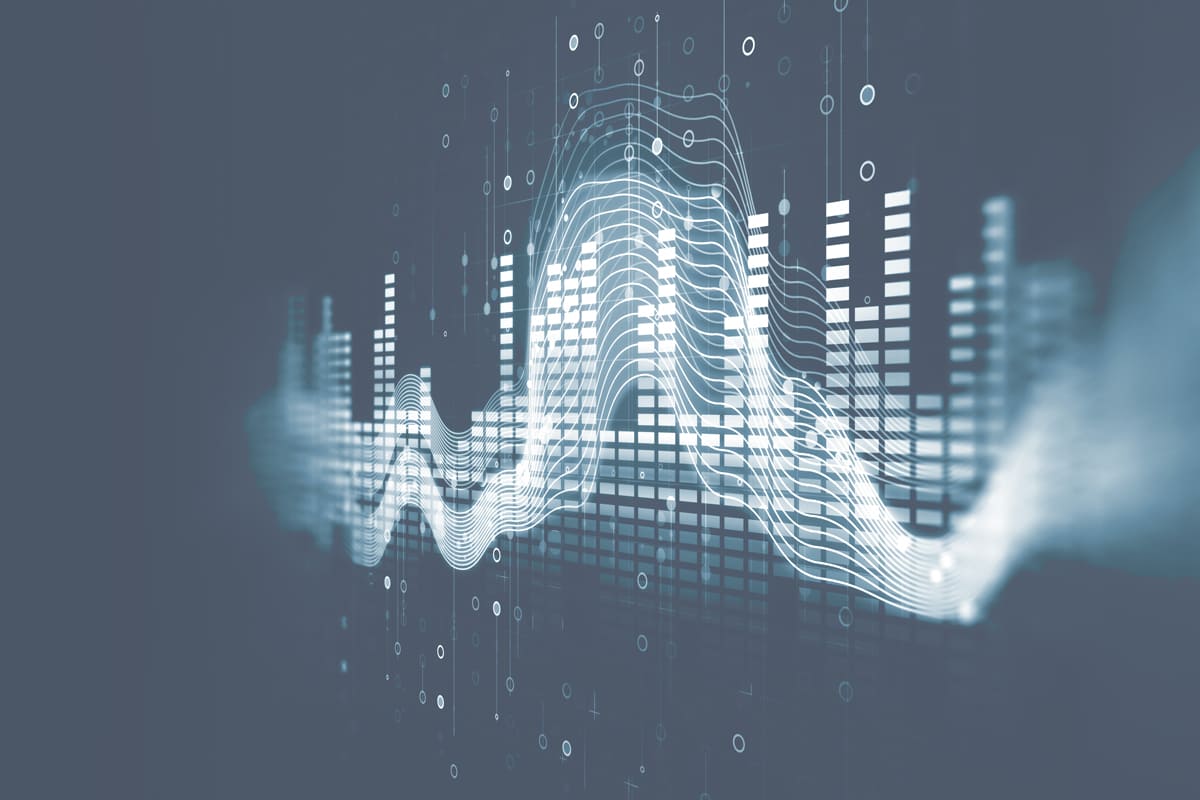Audio Editing Software for EveryoneEditing ToolsCut, copy, split, trim and more Audio & Music EffectsAmplify, normalize, equalize and more Supported Audio FormatsSupports all popular audio formats Batch ProcessingEdit many audio files at once Audio RestorationNoise reduction & click pop removal Advanced ToolsSpectral analysis, FFT and TFFT
Get it Free. This free audio editor is available for non-commercial use only. WavePad free audio editing software does not expire and includes many of the features of the master’s version. If you are using it at home, you can download the free music editing software here. You can always upgrade to the master’s edition at a later time, which has additional effects and features for the serious sound engineer. |
12.7 English + New detection database of 67 new viruses + New detection/restriction method to protect from unknown program + Improvement in protection from ransomware and other malwares + CPU usage is smaller than previous versions. Indonesia + Penambahan database 67 virus baru + Penambahan teknik deteksi/blokir program tidak dikenal + Peningkatan kemampuan. Shop Chromebooks to get the speedy, simple, secure laptop that's designed to run fast and comes with the best of Google built in. Song Maker, an experiment in Chrome Music Lab, is a simple way for anyone to make and share a song. Song Maker, an experiment in Chrome Music Lab, is a simple way for anyone to make and share a song. Song Maker, an experiment in Chrome Music Lab, is a simple way for anyone to make and share a song.
Audio Editor Features
|
Sound Editor
Editing Features
Screenshots
 System Requirements
System RequirementsDownload Now
- for Windows
- for Mac
- for iPhone
- for iPad
- for Android
- for Kindle
Questions (FAQs)
Technical Support
Pricing & Purchase
Related Software
Multitrack Music Recording
DJ Software
Video Editing Software
CD Ripper
Disc Burner
Voice Recording Software
Sound Converter
Tone Generator
Audio Streaming Server
Metronome Software
Audio Recording Software
Wavepad Chromebook
MP3 ConverterMore Audio Software..
You want easy? I got easy.
I’ve written a simple tutorial showing how to record audio using my favorite free audio editor, WavePad (no affiliate links here, btw).You may have heard of Audacity, the well-known, open-source sound editor. Most people who create audio online use it and recommend it, but I’ve found it to be less than user-friendly. For one thing, you have to download and install a special file that allows you to convert your original .WAV recording to MP3, the format most used for listening to online audio. For a non-techie, that’s a barrier right there. After that, learning how to use Audacity is daunting for beginners.
That’s why I rave about WavePad, and urge you to try it instead. There’s no special file to install – MP3 conversion is built-in. You can choose from one of the pro versions that cost upwards of fifty bucks, but you don’t need all those bells and whistles to record your podcasts and interviews. The free version will do just fine. And it’s much easier to learn than Audacity.
So let’s give it a spin, shall we?
Recording Audio with WavePad
- First, download and install the free version of WavePad, then start the program. This is what it will look like (sort of – I have the Advanced version):
Click to enlarge
- Click “New File”in the upper left corner. Click OK to the box that pops up (no need for stereo.) Now you have an empty file, ready for recording:
- Click the red Record button in the lower left corner. A Record Control window will pop up:
Click to enlarge
- A. Leave this as Untitled.
- B. Check to make sure the Device listed is the microphone you are using.
- C. Make sure the Input has Master Volume selected.
- D. Adjust the volume with the Volume Control bar, if necessary.
- Make sure your microphone is on, click the Record button inside the Record Control window, and say a few words.
Notice the Recording Volume bar moving as you speak. Don’t worry if it peaks in the red zone, but keep it mostly in the green. (You can adjust this with the Volume Control bar (D):
- Click the square Stop button to see the visual depiction of your voice waves. Pretty cool, huh?
Click to enlarge
Note: See what I did here? It’s too loud. The Volume bar is all the way in the red, and some of my voice waves are jammed flat against the top and bottom of the window. It’s okay if a few of them hit the top and bottom, but not this many. If it’s too loud, your voice will sound distorted and icky.
Here’s what your voice waves should look like (note that the Volume bar is set to 0DB (zero decibels):
Don’t worry if the sound waves are smaller than you see here, even after you’ve set the volume as loud as it will go. I’ll show you how to adjust that in the next tutorial.
- Stop recording and close the Record Control window. Your recorded file will transfer to the Editing window – it’s magic!
- Save File As and give the file a name. Click OK.
- Now, Save File As again and Save As Type – choose .mp3. Click OK.
Et voila – done!
That wasn’t so bad, was it?
But if you just want someone to do it for you, I’m your woman!
Sign up here and I’ll get in touch.

Coming up in the next few posts, I’ll show you how to normalize the volume, record interviews on Skype, edit your sound files – and even add music.
Wavepad For Chromebook
Microsoft monthview control 6 0 excel 2010 missing. See you soon!
